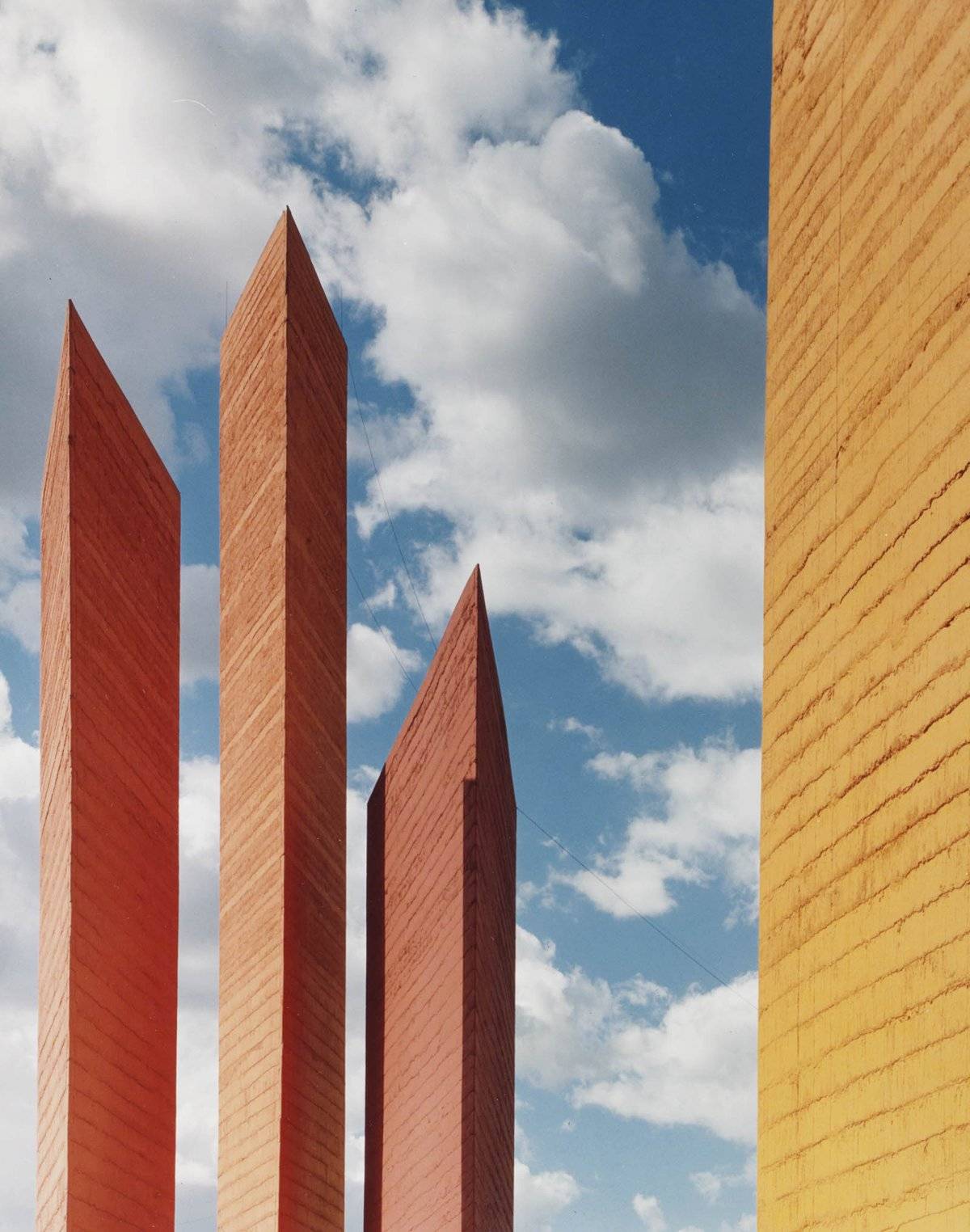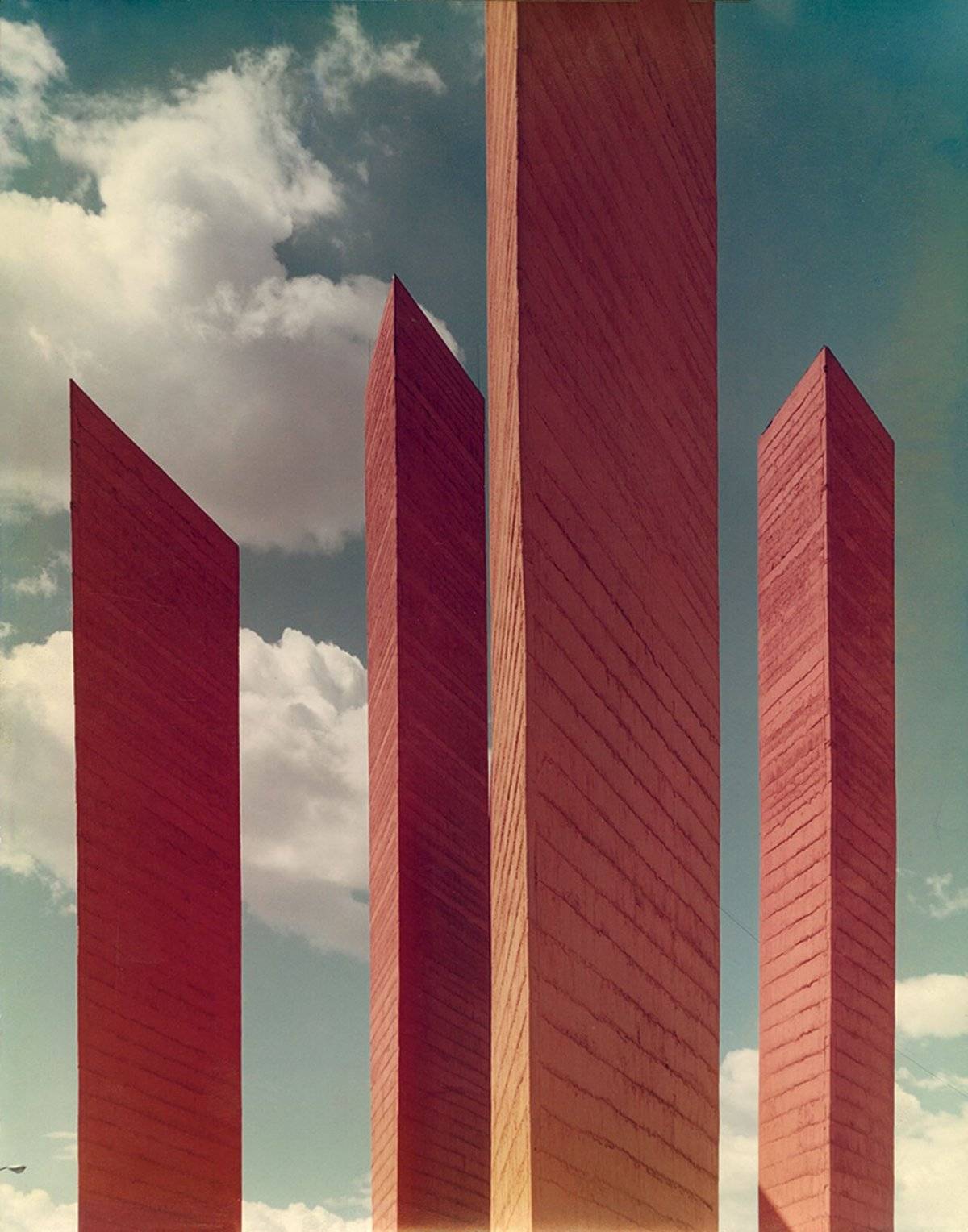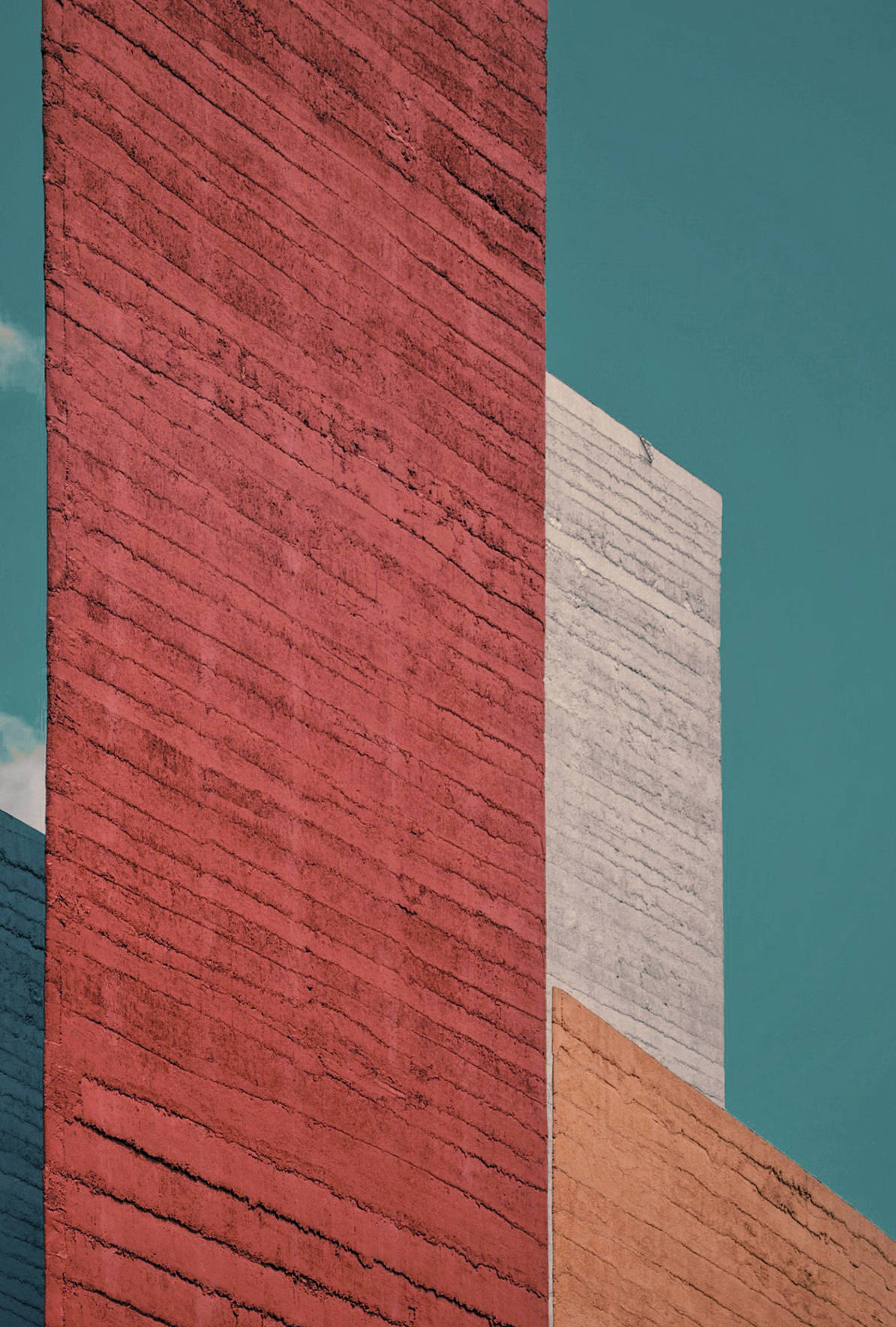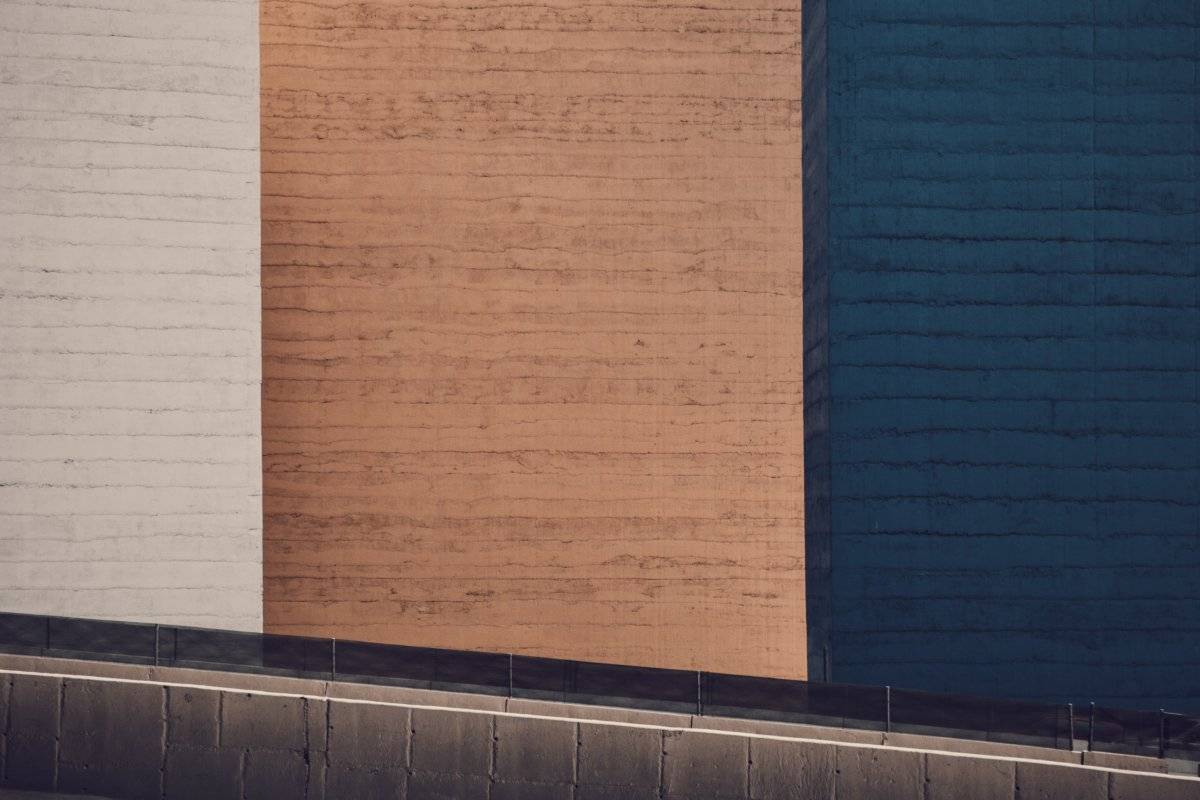
在20世纪中期由建筑师Mario Pani领导的墨西哥城郊区卫星城项目的背景下,Luis Barragán在1958年从Pani那里得到了制作喷泉的委托,该喷泉将作为通过主要道路进入总体规划的入口的一个独特的图案。
In the context of the ambitious project Satellite City in the outskirts of Mexico City, led by architect Mario Pani in the mid-20th century, Luis Barragán received from Pani the commission to make a fountain in 1958 that would serve as a distinctive motif of the entrance through the main road access to the master plan.
这位著名的墨西哥建筑师与雕塑家Mathias Goeritz一起设计了五座混凝土塔,呈三角形,颜色和高度各不相同,最高达52米,即170英尺。这些塔楼是完全雕塑化的,作者希望它们即使从远处看,也能在运动中脱颖而出。
The renowned Mexican architect, together with the sculptor Mathias Goeritz, projected five concrete towers, with a triangular plan and different colors and heights, reaching up to 52 meters (170 feet). The towers are totally sculptural and the authors expected they could stand out viewed even from afar and in motion.
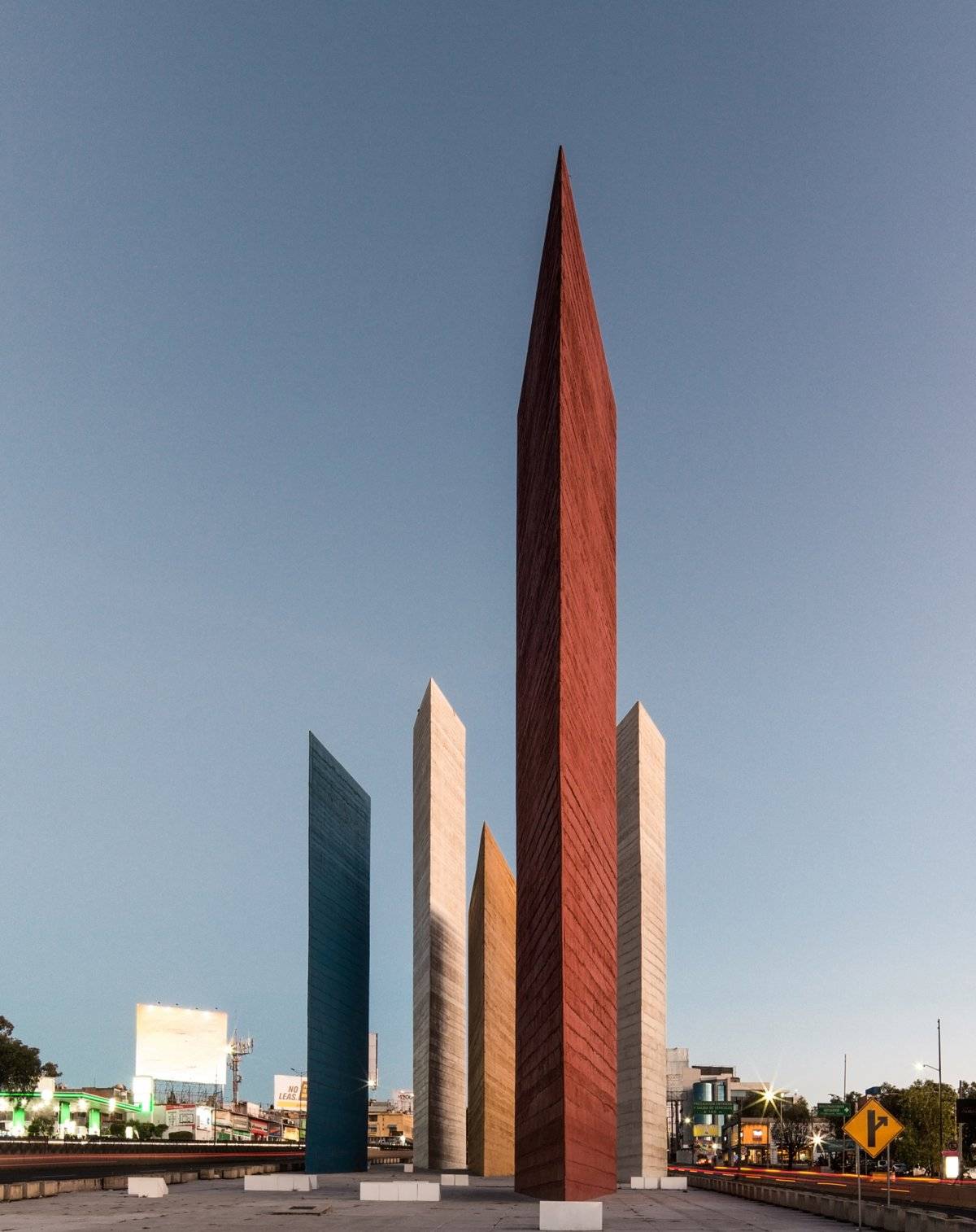
五个塔楼设置在一个略微倾斜的广场上,当观众走近时向上延伸。这样一来,它的垂直度就像在天空中被切割出来的针一样被突出,但与之形成对比的是它的水平条纹,除了一种质感之外,还使它在感知上具有某种力量的品质。
The five towers are set on a slightly inclined square, extending upwards as the viewer approaches. In this way, its verticality is accentuated like needles that are cut out in the sky, but with the contrast of its horizontal striations that, in addition to a texture, give it a certain quality of strength in its perception.
1958年3月初,在Adolfo Ruiz Cortines政府的领导下,卫星塔作为新生的卫星城的象征举行了落成典礼。该作品被视为一种实验,即建筑和雕塑之间不可分割的结合。Barragán和Goeritz致力于一个概念性项目,巨大的体量,作为从道路上观看的风景的美学练习。这就是雕塑组合是由五个混凝土块组成的,高度不一,以一种明显的随机方式植入混凝土板上,坚硬而没有任何其他元素。
At the beginning of March 1958, the Satellite Towers were inaugurated as a symbol of the nascent Satellite City, under the government of Adolfo Ruiz Cortines. The work is viewed as an experiment—the inseparable conjunction between architecture and sculpture. Barragán and Goeritz worked on a conceptual project with huge volumes as an aesthetic exercise of the landscape viewed in movement from the roads.This is how the sculptural ensemble is made up of five concrete blocks, with varying heights, implanted in an apparently random way on a concrete slab, hard and devoid of any other element.

这些塔楼是完全空心的三角形建筑,没有屋顶。它们具有混凝土模板的质感,每米都有凹槽,这是通过应用工业烟囱建设的技术实现的。因此,Torres de Satélite因其强烈的色彩而脱颖而出。明亮色彩的使用,以及塔楼的排列、质地和它们的规模,将墨西哥人与世界性的奉献结合起来。多年来,这些塔楼在其芳香的调色板上经历了各种修改。最初的颜色是白色、黄色和赭色,灵感来自意大利的San Gimignano的塔楼。
The towers are totally hollow triangular buildings with no roof. They have the texture of the concrete formwork with grooves every meter, which was achieved by applying the techniques used in the construction of industrial chimneys. Therefore, the Torres de Satélite stand out for their intense color. The use of bright colors, as well as the arrangement of the towers, the texture, and their scale, integrate the Mexican with the cosmopolitan devotion. Throughout the years, the towers have undergone various modifications in their aromatic palette. The original colors were white, yellow and ocher, inspired by the towers of San Gimignano in Italy.
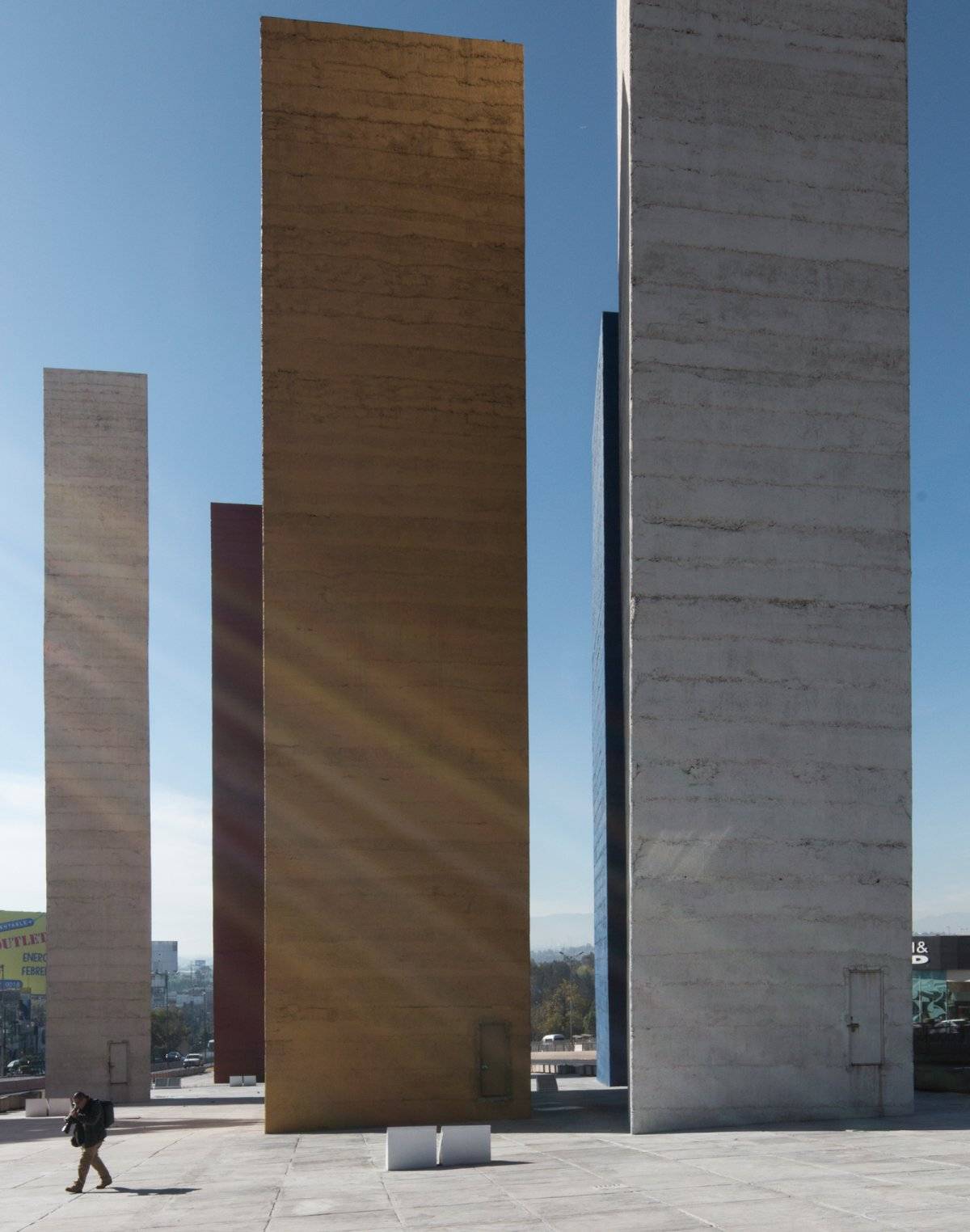
然而,在1968年的奥运会上,根据Mathias Goeritz的建议,它们被涂成了橙色,以便与蓝色的天空形成对比。然后,在1989年,两座塔楼被重新粉刷为两座白色塔楼,一座蓝色、一座黄色和一座红色,分别由Nervión和Bayer de México完成。
However, on the occasion of the 1968 Olympics, they were painted orange, as suggested by Mathias Goeritz, to contrast with the blue ssky. Then, in 1989, the towers were painted again as follows: two white towers, one blue, one yellow, and one red, by the companies Nervión and Bayer de México.
2008年 Naucalpan市议会和私人捐助者对该项目进行了改造,使用聚氨酯泡沫镜头去除以前的油漆层,重新赋予它们原来的颜色。此外,还安装了建筑照明,以进一步突出这个由Barragan和Goeritz设计的地标。
In 2008 the project was remodeled by the Naucalpan City Council and private donors, removing the previous layers of paint using polyurethane foam shots and giving them their original colors again. In addition, architectural lighting was installed to further highlight this landmark designed by Barragan and Goeritz.
